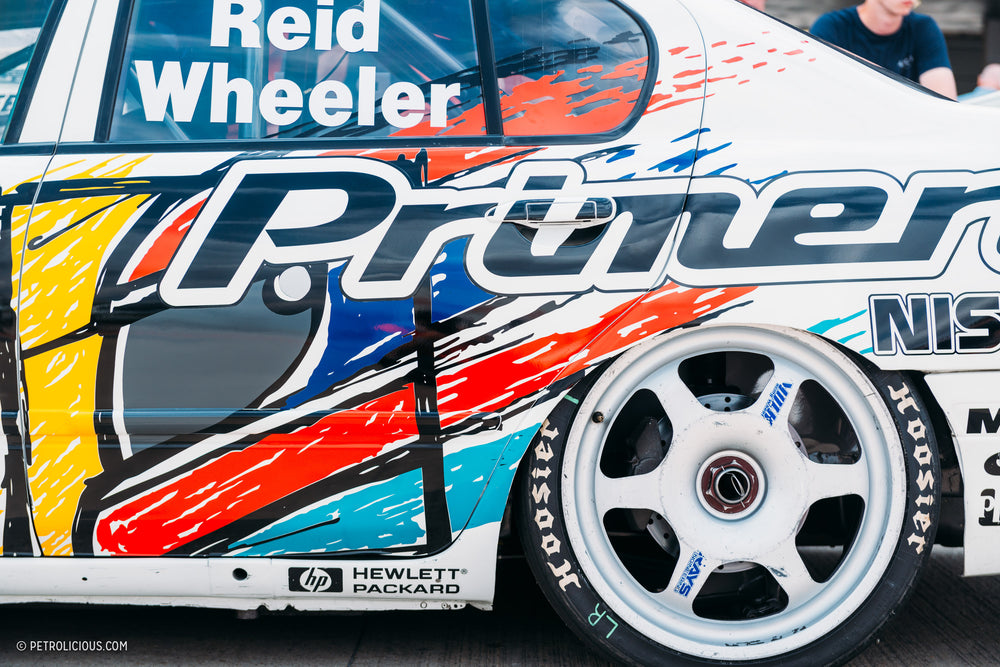As a child of the 1990s I love Super Touring cars by default. Maybe it’s some residual adolescent tastelessness or an affinity for the gauche, maybe it’s a fault of my generation’s upbringing that these ridiculous things were one of my gateway drugs to motorsport, but whatever the case may be this era of touring cars is by far my favorite. Sure, these family haulers-turned-racers have an air of pint of lager and a packet of crisps about them, but they’re all the cooler for it. And more importantly, they’re unbelievably fast, purpose-built predators under the guise of being humble grocery getters.



I can remember standing on a windy, bleak mountaintop at Knockhill when I was five years old with my father listening to the British Touring Car Championship field starting their engines and then coming towards our corner, nose to tail, some on three wheels while their naturally-aspirated engines screamed at the rev limiter; how could I resist? This was the kind of racing that does justice to the word “overtake.” Remember the BTCC Volvo 850 station wagon with the stuffed dog looking out of the rear hatch?


Every element, despite looking ridiculous on its own, seems to form a cohesive and very purposeful package when combined in these special touring cars that spanned Holden Commodores to BMW M3s to Nissan Primeras. The bumpers almost look like they could be totally stock, bar some minor aerodynamic improvements, until you look closer and the dry carbon reveals itself, until the exhaust launches a fireball from under the rear door.









Unlike the silhouette racers that make up touring car fields today that barely resemble the road-going versions, the cars from the Super Touring era managed to be optimized and high-strung racers while still maintaining the illusion that they were simply humble sedans that were slightly dressed up with some graphics and a small wing. One of the only real giveaways to the potential underneath the staid skin are the huge wheels and tires tucked up under the wheel arches with mere millimeters to spare and sporting seemingly double-digit negative camber angles.



Obviously, there’s more going on beneath the surface; those wheels are only accommodated by having the body hacked away to make for huge tubbed wells, the suspension setups are very developed and were quite innovative on some cars in period, and under the hood the engines barely represent the ones that came in the homologation specials these cars were based on. Sitting far lower in their bays and producing over 300BHP from relatively small-capacity fours, they were tuned and honed to levels that would make a CERN employee proud.






Even F1 teams got in on the action. Williams, still basking in the glory of the Senna days, built the Williams-Renault Laguna Super Touring, which dominated the field with the legendary Jason Plato at the wheel.








Like most great FIA homologations though, this too would not last. Cars were costing roughly a million pounds to put together and on the grid, and rumors of development budgets soaring to a few million pounds on top of that quickly made the cost structure unsustainable and by the turn of the millennium they were all but gone from paddocks across the world, being replaced by series like the revised DTM in Germany, V8 Supercars in Australia, and the JGTC in Japan, all series which abandoned the format to run cars that barely represented the man on the street. At least for a few years though, when you walked into a Renault or Vauxhall dealership, you could feel like a racing driver after a few signatures and a lease.




























































